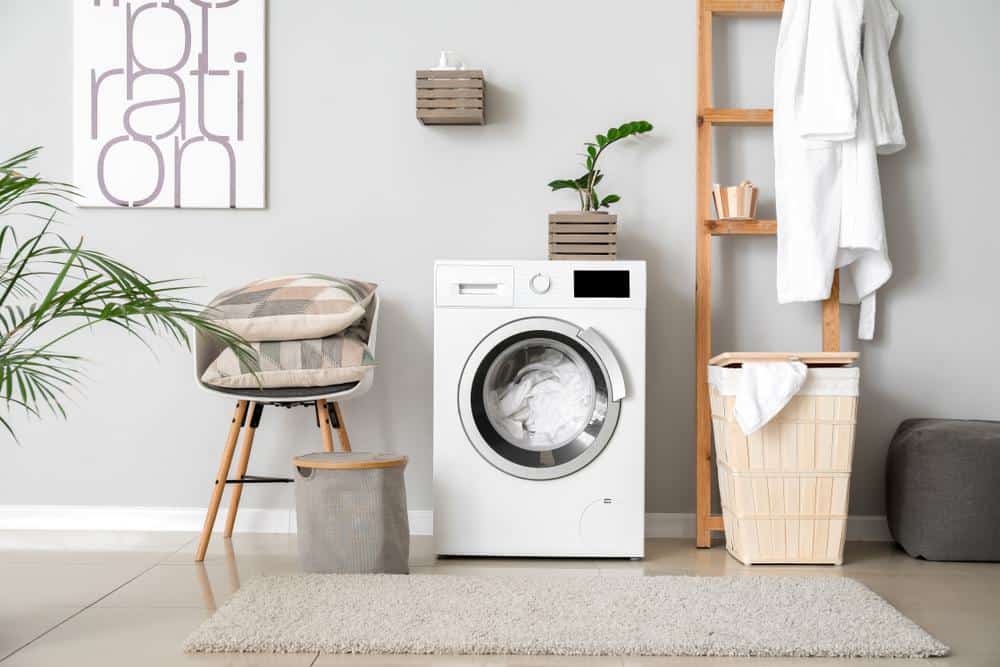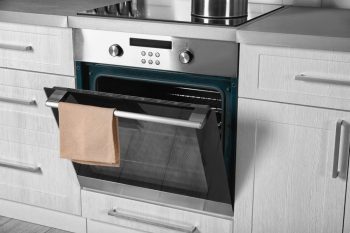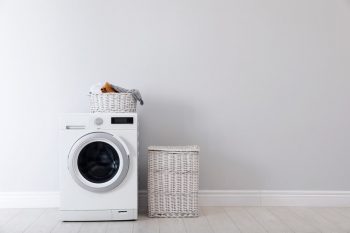
Whether you’re a homeowner, a renter, or simply someone who enjoys the satisfaction of a DIY fix, knowing how to unclog a washer drain can save you time, money, and potential water damage. In this comprehensive guide, we’ll share step-by-step instructions, preventative measures, and common mistakes to avoid when unclogging a washer drain.
To unclog a washer drain, first unplug the washing machine and move it away from the drain. Detach the drainage hose from the drainpipe and pour hot water and baking soda down the drain to dissolve the clog. If this doesn’t work, use a drain auger to clear the blockage. Once cleared, reattach the drainage hose, test the drain, and clean up the area. Always remember to take safety precautions and avoid common mistakes, such as disassembling the machine recklessly or using chemical drain cleaners.
Signs of a Clogged Washer Drain
Before we dive into the process of unclogging the washer drain, it’s essential to recognize the signs of a clogged drain:
- Error codes: Some washing machines display error codes related to drainage issues. Check your machine’s manual for specific codes.
- Water not draining properly: If clothes remain saturated after the spin cycle, it may indicate a clogged drain hose.
- Water backing up and overflowing: If water backs up from the standpipe during the drain cycle, you likely have a clogged washer drain.
- Pooling water around the machine: This could suggest a clog, but it could also be an issue with the washing machine itself or venting issues on the roof.
- Other plumbing problems: Other drains in your home may clog or overflow when you use the washing machine, indicating a clogged washer drain.
Step-by-Step Guide to Unclog a Washer Drain
If you’ve detected one or more of the signs above, here’s how to unclog your washer drain:
- Prepare the area: Unplug the washing machine, move it away from the drain, and place towels around the drainpipe to catch overflow. Don’t forget to put on protective gloves.
- Remove the drainage hose: Detach the drainage hose from the drainpipe.
- Use hot water and baking soda: Pour hot water and baking soda down the drain. This combination can dissolve minor clogs.
- Use a drain auger: If the clog persists, use a drain auger (also known as a “snake”) to clear the blockage. Insert the end of the coil into the opening of the hose or the drain, and rotate the handle clockwise to break up the clog.
- Reattach the hose: Once the clog is cleared, reattach the drainage hose to the drainpipe.
- Test the drain: Fill the nearby sink or run the washer to check if the drain is now unclogged.
- Clean up: Remove the towels, move the washing machine back into place, and plug it back in.
Safety Precautions
When attempting to unclog a washer drain, take several safety precautions:
- Turn off power: Always unplug the washing machine from the power source.
- Wear protective gear: Gloves and safety goggles can protect you from debris or harsh chemicals.
- Use proper tools: Avoid using sharp objects that may damage pipes.
- Ventilation: Ensure the work area is well ventilated, especially if using chemical drain cleaners.
Common Mistakes to Avoid
When unclogging a washer drain, avoid these common mistakes:
- Disassembling the washing machine recklessly: Without proper knowledge, disassembling your unit can lead to further damage.
- Using drain cleaner: These cleaners are ineffective against lint, a common cause of clogs in washing machine drains.
- Ignoring the washer’s lint trap or filter: Regularly inspect and clean the lint trap or filter to prevent excess lint buildup.
- Overfilling the washer: Overloading the washing machine can overwhelm the drain pipe, resulting in overflow.
- Using too much detergent: Excessive detergent can contribute to residue buildup in the drain system, leading to clogs.
Preventative Measures
Prevention is the best course of action. Here’s how to prevent your washer drain from clogging in the future:
- Regular plumbing inspection: Have your plumbing inspected annually to catch potential issues early.
- Clean your washing machine regularly: Use white vinegar to clean your washing machine by running a full wash cycle while empty.
- Use enzyme treatments: These treatments prevent clogs by breaking down soap residue in the drain pipe.
- Rinse extremely dirty clothes outside: This reduces the risk of a drain clog.
- Use a lint trap or filter: This can catch lint and debris before they enter the drainpipe.
- Avoid using chemical drain cleaners: These can damage pipes in the long run.
By following these steps and tips, you can unclog your washer drain and prevent future clogs. However, if the problem persists, don’t hesitate to call a professional plumber. Remember, maintaining your washer and its drain is crucial to its longevity and performance. Happy washing!
Frequently Asked Questions
What kind of gloves should I wear when unclogging the washer drain?
You should wear waterproof, heavy-duty gloves for protection against potential bacteria and grime in the drain.
How much baking soda should I use to unclog the drain?
Generally, half a cup of baking soda is sufficient. However, for stubborn clogs, you may use up to one cup.
What if I don’t have a drain auger?
If you don’t have a drain auger, you can use a straightened wire coat hanger as an alternative. However, be careful not to damage the pipe or hose with the wire.
Can I use boiling water instead of hot water to unclog the drain?
Yes, you can use boiling water. In fact, boiling water can be more effective at dissolving stubborn clogs.
How often should I clean the lint trap or filter?
It’s recommended to clean the lint trap or filter after each wash cycle to prevent lint buildup.
What type of detergent is best to prevent clogs?
Opt for low-sudsing, high-efficiency detergent to reduce residue buildup in the drain system.
What should I do if the washer drain keeps clogging?
If the washer drain keeps clogging, it may indicate a larger plumbing issue. In this case, it’s best to call a professional plumber for assistance.












